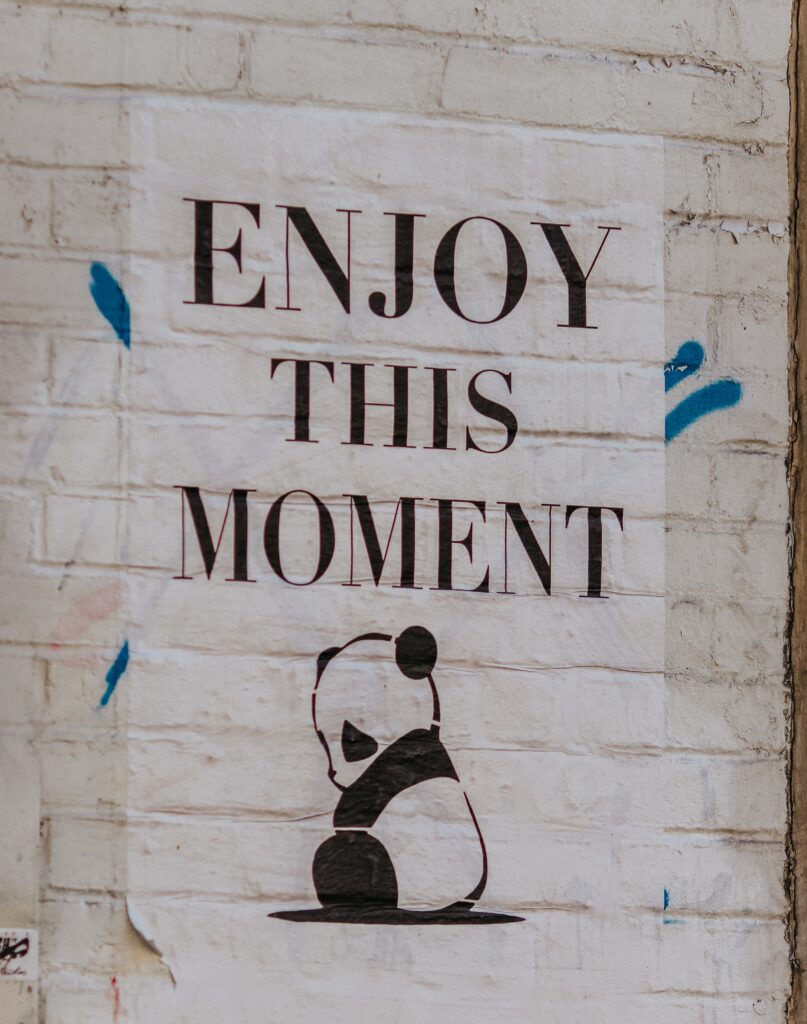Lessen stress & connect to your body with these four simple moves
Would you like to lessen stress and connect more with your body? A study shows that there are 4 simple moves that can help you lower your anxiety and stress levels.
Picture an image of a bogeyman. What does it look like? Now replace this bogeyman with stress. How do you feel in your body? Heaviness. Unease. Discomfort. Tension. Not enticing or pleasurable feelings I’d suppose. This appears to be the modern mental bogeyman that’s plaguing more than half of the adults here in the U.S. It keeps them up late at night and the worst part? They’re not even trying to fight it.
Here’s the bad news. Stress affects the body, negatively. It takes a measurable physical toll on the body, linking it to conditions like heart attack and stroke, adding a general feeling of malaise. The good news? Mindfulness practices help ease the anxieties that lead to stress so that there is a reduced risk of acquiring these conditions. And the best part? The practices do not mean that you should sit cross-legged in meditation either.

According to a study published in the journal “Psychiatry Research“; stress-education courses designed with several calming techniques in mind allowed people who took them to experience quantifiable changes in their bodies’ stress signals and stress hormones. These changes were not observed in those who took a stress education course that didn’t include these calming techniques.
This kind of mental training is called Mindfulness-Based Stress Reduction. Research studies show that consistently paying attention to the present moment without judgment makes us adapt to change and respond better to stress. These four strategies were found to be the techniques that helped participants in a new study build their resilience.

Scan your body – Due to our packed schedules and busy days, it can be difficult to remember that our bodies are attached to our heads still. We move around without being mindful of this which then leads us to forget to connect with ourselves. The body scan meditation allows us to tune into our bodies and feel every single sensation that arises from the tiny tingles, to the throbs and thorns that we barely take notice of. This type of meditation can last anywhere from one to twenty minutes while sitting or lying in bed. With your eyes closed, simply bring awareness to all of the different bodily sensations beginning with your toes and then moving up from there. Body scans allow us to release some of the tension that we may be carrying in our bodies without realizing it.
Stretch– A very popular mindful movement technique is yoga. Stretching our bodies allows us to incorporate mindfulness into our daily routines. Moving mindfully is another way to pay attention. By making our bodies cycle through slow, gentle poses, such as cradling our knee to our chest while laying down on our backs or doing a simple cat-cow pose on all fours, we are better able to understand our bodies’ limits and potential. Before you begin, try setting aside a few minutes to calm down and focus on your health. Once you’re down, spend a few moments just lying flat on your back with your muscles relaxed.
Breathe– Paying attention to your health while simply breathing is the heart of any mindfulness practice. It can be practiced almost everywhere too, no matter how busy it is. From a market square to a packed subway train, to your own kitchen. The goal isn’t to empty all of the thoughts in your mind because that’s basically impossible to do. The goal is to allow your thoughts to pass by just like clouds in a blue sky, without getting sucked into the stories it tells. This means, instead of getting caught up in a thought, you simply observe the thought and then say your farewells to it. This way you can have a little more freedom in how you respond to an internal stimulus like a thought. To begin this practice, start by cultivating awareness of your breaths. Find a quiet place where you can be relaxed and sit. Then notice without thinking about it or trying to change it, how you naturally inhale and exhale. Build it up to a 15-to-20-minute practice.

Take a walk– walk it out. Take a stroll. Not having a set schedule or destination in mind can be an effective way to manage everyday stress. This also happens to be one of the most popular kinds of exercise in the U.S. and in many other parts of the world. It is also a good framework for practicing mindfulness. Start by finding a quiet place indoors or outdoors to take a stroll. A mall, a park, or even your neighborhood will work. As you walk, focus on each small step, every slow step. Lift off one foot and as you transfer to the next foot, heel-first, feel the weight shift from one foot to another. Each time your foot hits the ground, bring your attention to your breath and the sensations in your body. Some have observed that walking meditations are more manageable than say, sitting still in the dark. This practice of mindful walking can also help to alleviate pain in the process. Try it at any pace for 10 to 30 minutes.
Did you enjoy this blogpost? Leave a comment below.
**Erica weaves themes of transformative hope and grace-filled leadership into everything she shares on her blog. She’s an author, a speaker, and a life coach, who offers honest encouragement and road-tested wisdom about topics ranging from leadership and lifestyle, to discovering your God-crafted identity, design, and purpose.
This post is sponsored by: https://hype.co/@ericakenechi
One Comment
נערות ליווי בפתח תקווה
This is the right blog for everyone who wants to find out about this topic. You understand so much its almost hard to argue with you (not that I personally would want toÖHaHa). You certainly put a new spin on a topic thats been written about for decades. Wonderful stuff, just great!